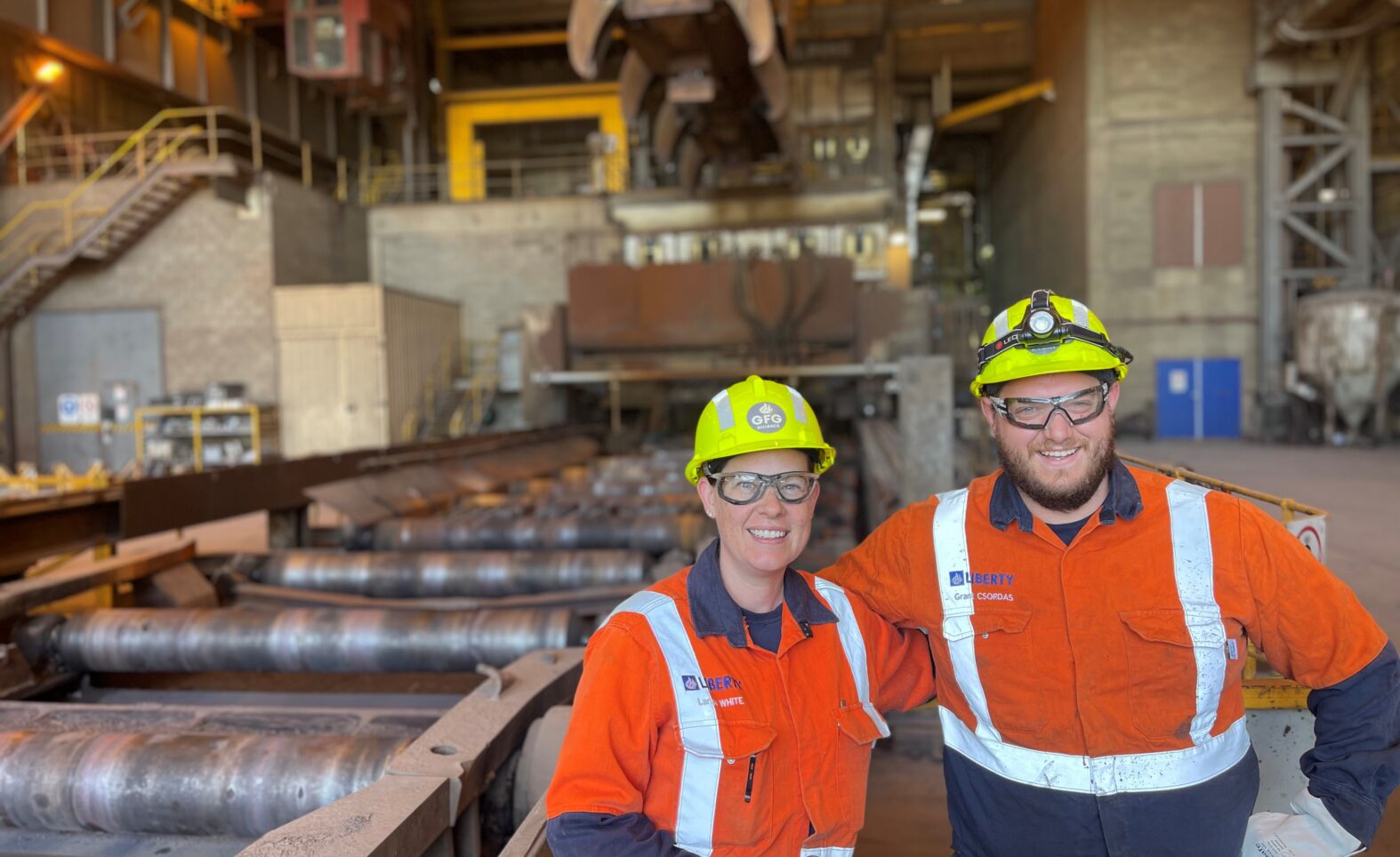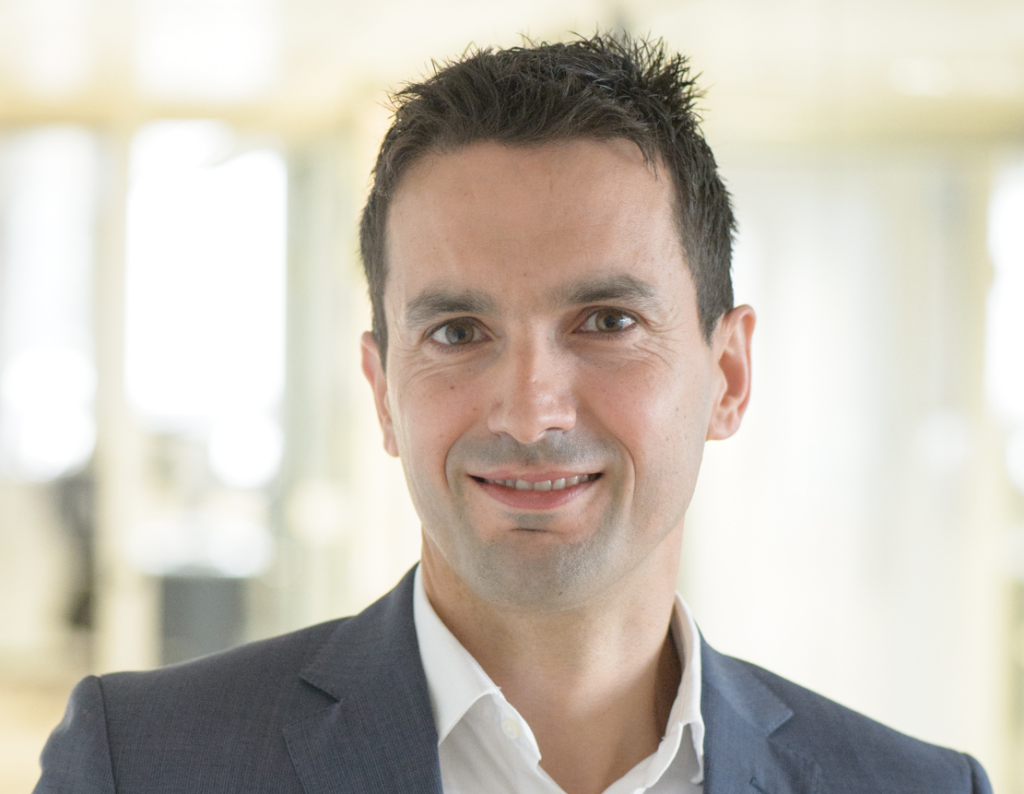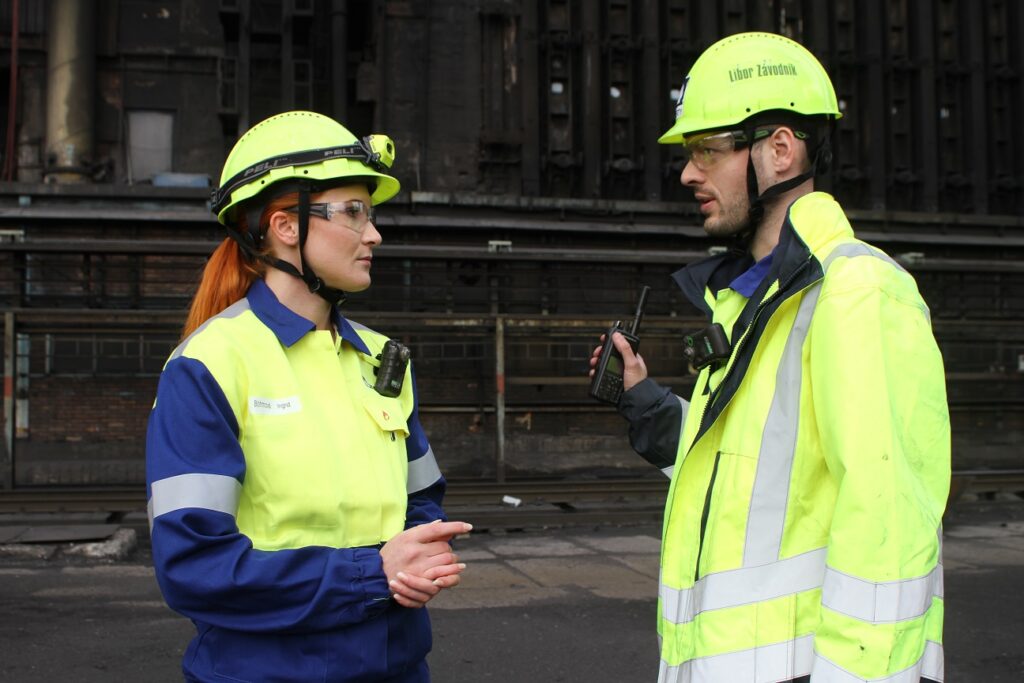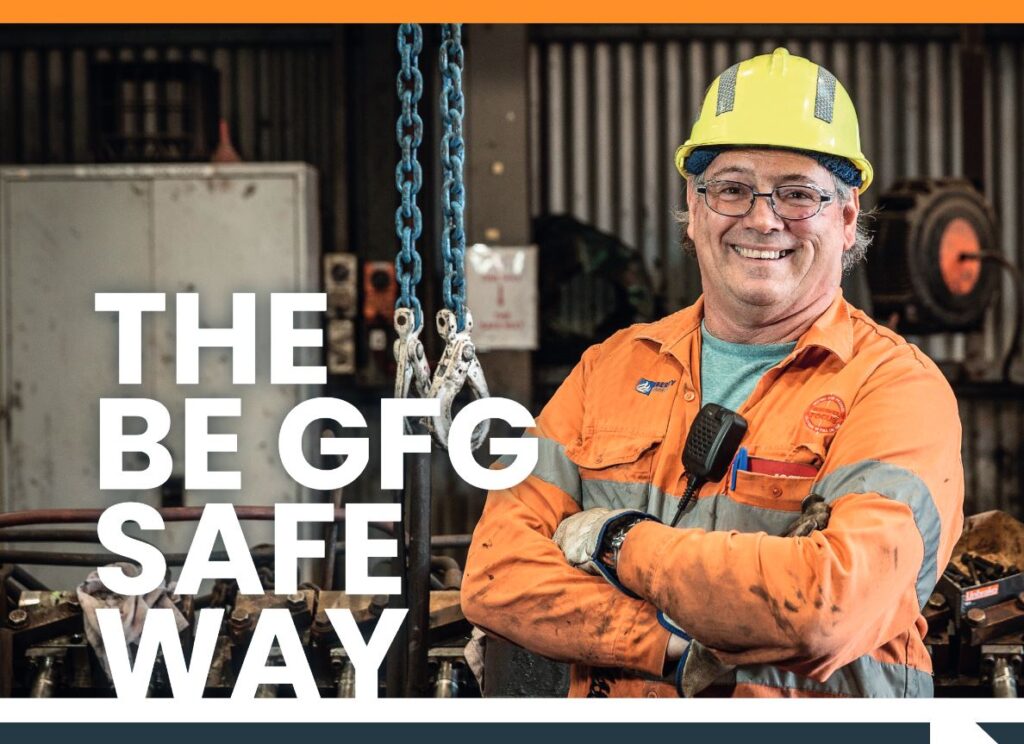Whyalla featured on hit documentary series Australian Story
In September 2018, the ABC’s hit documentary series Australian Story tracked ...

The work we do is critical to the growth and prosperity of countries, but our workplaces are mills, mines, facilities, and sites where rules need to be followed so that people can go home safely to their loved ones. Safety is everyone’s business. It takes a real team effort to make sure we can all return home safe. For World Day for Safety and Health at Work 2023, the SPOKE team caught up with our Global Head of Safety, Fran Nores, to ask how we can keep ourselves and our colleagues safe all year round.

World Safety Day this year is all Health and Safety being a ‘fundamental principle and right at work’. What does that mean to you and why is this important for us?
This year’s message from the ILO (International Labour Organization) is ‘A safe and healthy working environment is a fundamental principle and right at work’. To me, this aligns with our GFG Safety Vision “We want our people and all members of the GFG family to be safe, always. Every employee should be able to return home fit and well at the end of each workday”. This is also a part of our strategy and plans to continue to work on the effectiveness of our critical controls and to develop a safety culture where everyone takes ownership of their own safety and that of their colleagues.
It’s been three years since we launched Be GFG Safe, can you tell us what impact it has had?
You are correct, we launched our Be GFG Safe Vision in June 2020, just months after the start of the biggest pandemic in the recent history. However, and despite these turbulent and volatile times with limited face-to-face interactions with our shopfloor people, we have come a long way.
Today, we have a common reporting system and database across GFG businesses; we have a set of general and technical standards which are based on industry best practices and local regulations, and we have established a set of critical controls and behaviours for our critical safety risks.
We are fortunate to have a global safety network with more than 40 safety managers who meet quarterly, and regional networks who meet monthly to discuss, share and analyse critical incidents, organizational learnings and internal and external initiatives and practices.
Finally, we are starting to see the results in parts of the company; our InfraBuild business in Australia is recording the best safety performance ever in their 100 years of history; same with our coal mine in Tahmoor. Our LIBERTY business in USA, has improved their safety performance by 50% over the last 18 months and our steel plant in Galati continues to have world-class injury rates.
How are we doing on speaking up when we see something unsafe?
One of the key parts of Be GFG Safe is Safety Connect, our behavioural safety program that was launched back in 2021. The program is designed to develop a collective belief that we must look after each other because as humans, we all make mistakes, slips and lapses. The program is teaching us how to intervene, give and receive feedback and how to recognise and respond to error-likely situations.
Since we introduced Safety Connect, we have collectively become better at identifying these situations and giving and receiving feedback. Over the last 12 months, our employees have intervened over 64 thousand times. But we still have a long way to go because our people are still being injured.

It is very sad that one of our contractors passed away in a work related incident at one of our sites. Sometimes good safety performance and trends can create a false sense of security and reduce the awareness levels of everyone. The most important learning we have to take from this incident is the importance of speaking up and intervening when you think something is not right or you see one of your colleagues at risk. This has to be done regardless of whether the person is a superior, a person from another work group or a different company.
Most of our injuries are related to hand and fingers, and these incidents represent between 30-40% of our recordable Injuries across the whole company. This is aligned with the wider smelting and mining industry. This percentage is slightly higher in our distribution businesses as the number of product and hand interactions is significantly higher than in the other businesses.

To always do a mental risk assessment to identify if you are in STOP or GO mode and to remember that everyone has a reason to go home safely and that is why we must not hesitate to intervene when we think someone is at risk.
To adapt our programs, initiatives, campaigns and communications to the different levels of maturity, background, cultures, and assets we have across the group.
My request for our people is when they interact with each other in the workplace, to make sure safety is part of the conversation. Often we find that people have a sense of perceived pressure from their leaders which can unintentionally lead them to take shortcuts, rush and make errors. Even though we have competing pressures and deadlines, it’s important that when you’re having conversations about tasks, people always know that safety is the priority.
Visit our Global Mental Health and Wellbeing Hub for how to keep mentally fit and healthy.
If you’re interested in the support options Fran mentions, speak with your local HR representative who can help you find out more.
You can find more GFG Health & Safety resources here.
Leave A Reply